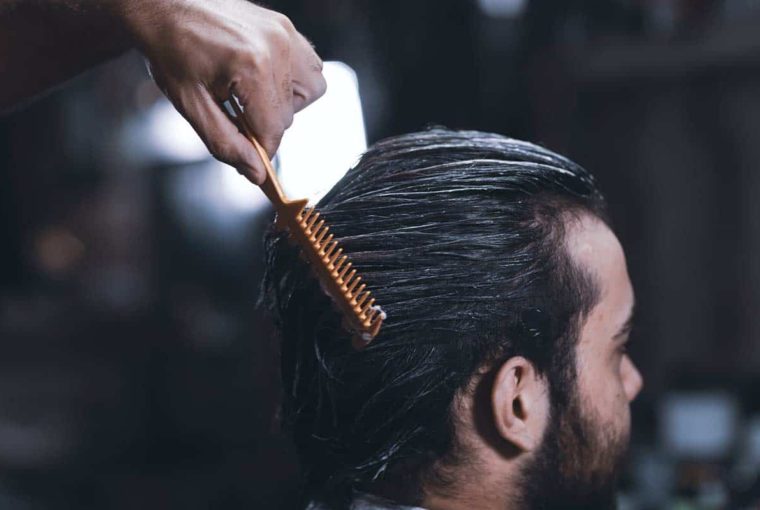If you’re losing your hair, then you may also find that you’re losing your self-confidence as well. If this sounds like you, then you may feel like getting a hair transplant is a logical step. However, with hair transplants costing up to £40,000, it’s important you do your research before you commit to a procedure. To help you make an informed decision, we’ve outlined the three most popular types of hair transplant below.
Follicular Unit Extraction (FUE)
Follicular unit extraction involves a surgeon individually extracting hair follicles from the back of your head and moving them to the area that’s thinning. As the follicles are moved one by one, the procedure is considered to be minimally invasive and almost entirely scar-free.
Due to the fact that FUE procedures require follicles to be moved individually, a good surgeon will be able to create natural-looking results. However, this process also means that the procedure is incredibly time consuming and can be expensive. That being said, FUE hair transplants are far cheaper in some countries than in others. In Turkey, for instance, the procedure is often 80% cheaper than it is in the UK, because the lira is weak against sterling and labour costs are lower. This means the procedure may be more affordable than you thought. If you’re interested in going abroad for your procedure, then thankfully it’s easy to find out more about getting a hair transplant in Turkey.
If you’re interested in an FUE transplant, you should also learn more about the slight variations in the procedure, as a certain type of FUE procedure may suit your goals better than another one. For example, LongHair FUE is favoured by people who want to return to work the next day, while MicroFUE uses a different extraction device depending on the follicle thickness at the back of your head.
Follicular Unit Transplantation (FUT)
By contrast, follicular unit transplantation surgeries move the hair from the back of the head by extracting skin tissue. This is then broken up into small pieces under a microscope and is inserted into the recipient area. For this reason, it’s also known as ‘strip surgery’.
The FUT method is quicker than the FUE method, but it does tend to leave a permanent scar on the back of the head where the strip of scalp tissue was removed. However, some doctors and surgeons believe that there’s a benefit to using the FUT method rather than the FUE method. This is because some people believe that the additional fat tissue that surrounds the extracted follicles can help the grafts stay alive for longer.
Direct Hair Implantation (DHI)
FUE and FUT procedures are by far the two most common hair transplant techniques. However, increasingly technician-only clinics are providing DHI treatments, too.
In essence, a DHI hair transplant is very similar to an FUE transplant. However, the implantation phase of the procedure is different. This is because a pen-implanter is used instead of forceps. Similarly, because the procedure is carried out by a technician rather than a surgeon, you may not receive the same level of results as you would with a highly-qualified surgeon.
Last year, it’s estimated that over 735,000 hair transplants took place worldwide. So, if you’re thinking about getting a hair transplant as a way of combatting your thinning hair, you’re not alone. Remember though, the best type of hair transplant treatment for you will depend on a number of factors such as your age, the current state of your hair loss, the skill of your surgeon and your budget. So, although it’s great to do as much research about the procedure as possible, it’s well worth booking an appointment with a surgeon to discuss your options in detail.




